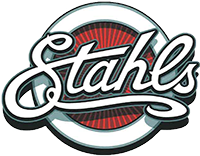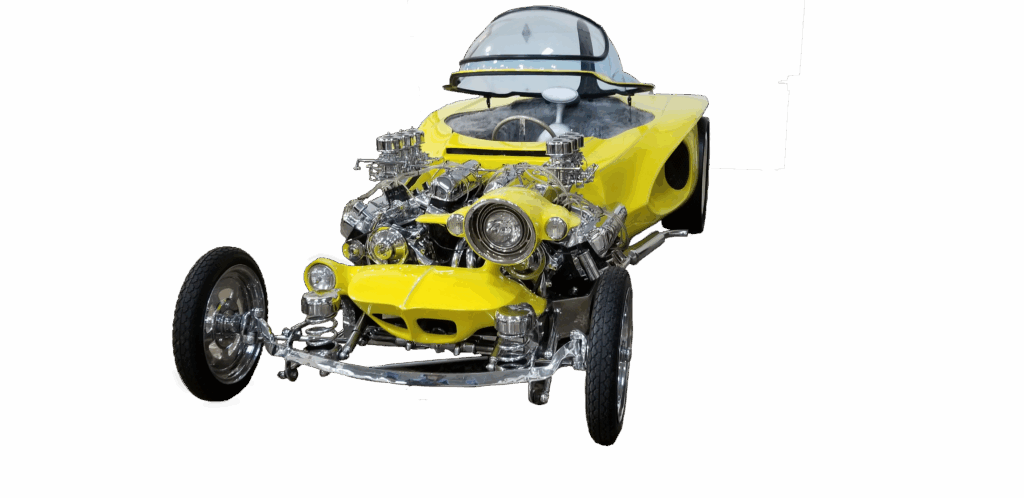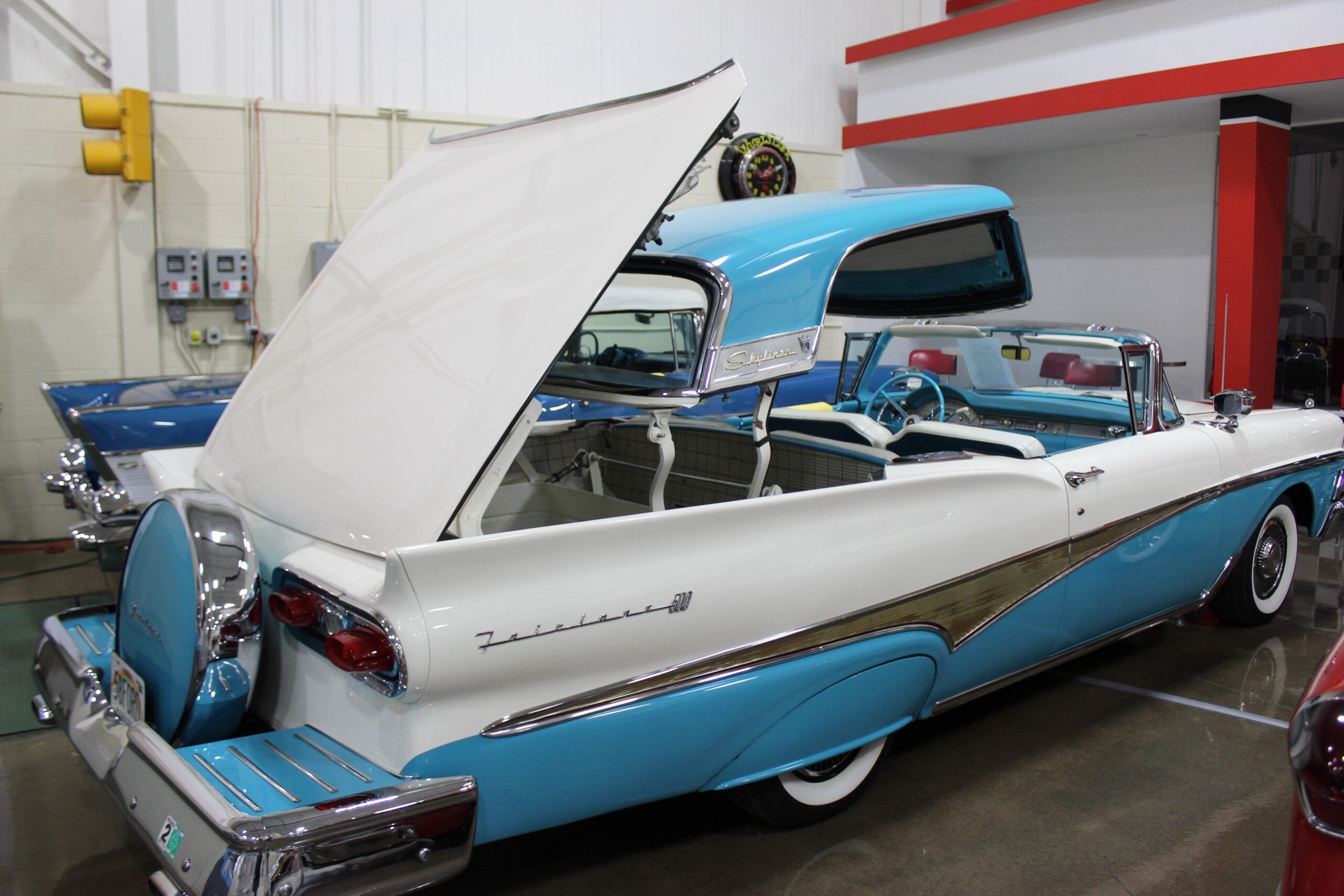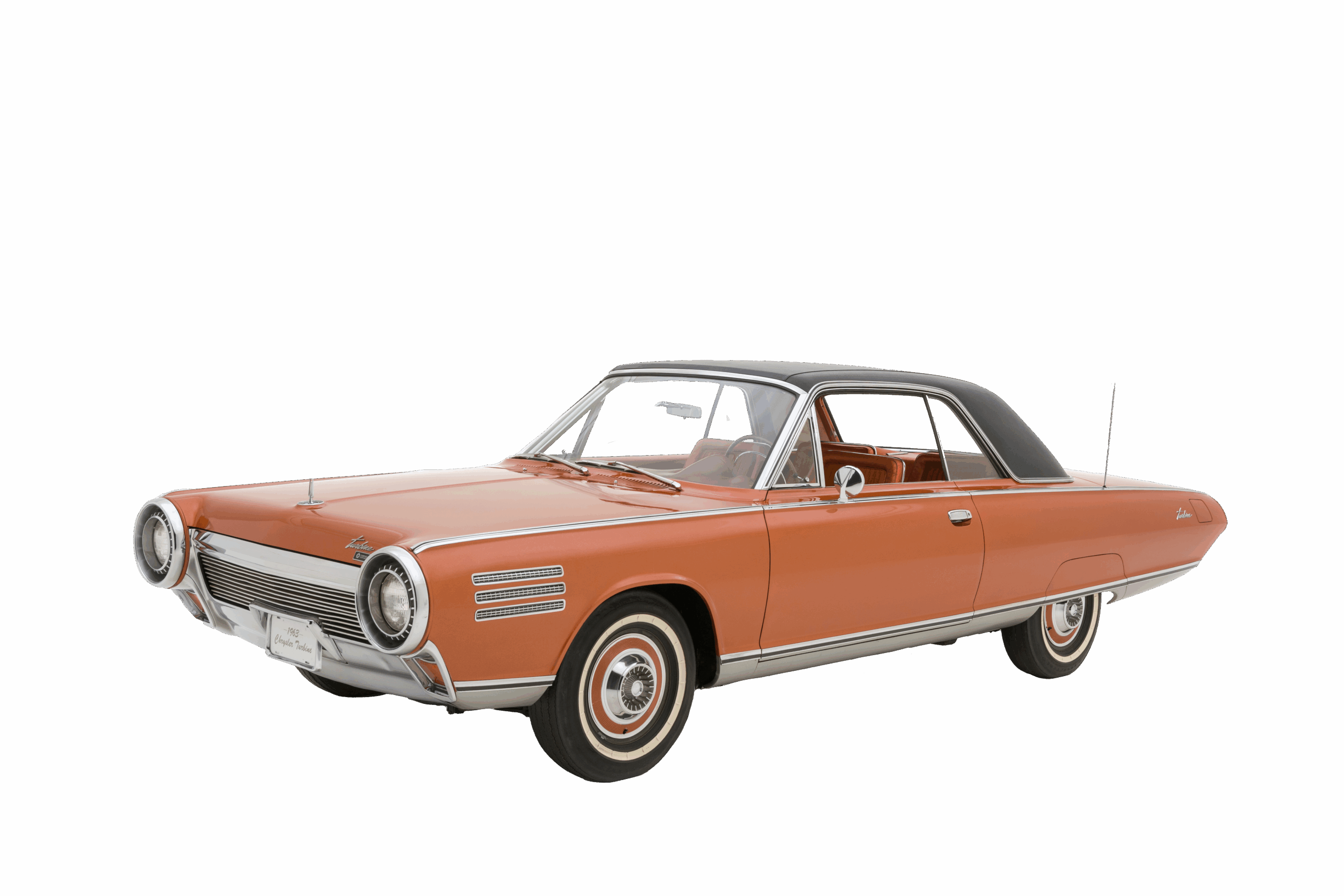Jeff Jones, a well-published petroleum engineer and lifelong admirer of Ed “Big Daddy” Roth, took on an audacious challenge: to bring Roth’s legendary 1962 Mysterion back to life. With almost no documentation to guide him beyond a Revell scale model and a handful of old magazine articles, Jones set out to recreate the car bolt by bolt. He fabricated a brand-new frame, tracked down the correct Ford big-block engines, and mounted them just as Roth had, one fully operational, the other a convincing visual twin. Every detail, from the asymmetrical styling to the chrome finish, was meticulously reproduced to honor Roth’s original vision.
The result wasn’t just a replica, it was a resurrection. To share the remarkable journey, Jones chronicled the entire process in his book, Ed Roth’s Mysterion: The Genesis, Demise and Recreation of an Iconic Custom Car, capturing both the genius of Roth’s creation and the determination it took to rebuild it.
Company History
Few figures in car culture have left as bold and unforgettable a mark as Ed “Big Daddy” Roth. Part artist, part mechanic, and all showman, Roth constantly reinvented himself and pushed the boundaries of what a car could be. With an inventive spirit and a flair for self-promotion, he pioneered the use of unconventional materials like plaster of Paris, Vermiculite, and fiberglass, allowing him to create wild, futuristic shapes that no other customizer dared attempt.
Author Tom Wolfe, founder of “New Journalism,” once called Roth “the Salvador Dalí of hot rodding.” That description fits perfectly: Roth’s creations were rolling works of art, strange yet functional, and often decades ahead of their time.
In the heart of Southern California’s mid-century car scene, Roth quickly became a major player. He undercut established names like Von Dutch, Dean Jeffries, and Larry Watson, and his pinstriping and scallop painting business thrived. Roth also surrounded himself with other creative minds, collaborating with artists such as Joe Henning, Robert Williams, Ed “Newt” Newton, Tom Daniels, and Stanley Mouse. His partnership with Revell Models introduced millions of Roth-inspired kits to kids worldwide, many of which are still being reissued today.
Of course, Roth’s most famous creation wasn’t a car at all, but a character: Rat Fink. A grotesque, rebellious counterpoint to Mickey Mouse, Rat Fink became a cultural icon that captured the imagination of kids while scandalizing parents. Roth quickly realized that outrageous cars and wild cartoon characters drew attention, and attention meant selling more T-shirts, models, and merchandise.
During the 1960s, Roth unleashed a series of unforgettable custom cars that blurred the line between engineering and sculpture:
- The Outlaw – A “futuristic space roadster” that first put Roth in the spotlight.
- The Beatnik Bandit – A bubble-topped fantasy hot rod, based on a Joe Henning drawing, with paint by Larry Watson.
- The Mysterion – Perhaps Roth’s most radical design, featuring two 390-cubic-inch Ford V8s, asymmetrical styling, and a dazzling gold Murano candy finish over white pearl.
Although the original Mysterion show car didn’t run and was eventually parted out, its legend endured.
Ed Roth’s creations weren’t built for practicality, they were built to make people stop, stare, and dream. In doing so, he transformed custom car culture into something far bigger than chrome and horsepower. His cars, characters, and vision live on in museums, collections, model kits, and pop culture, proving that Roth was more than a customizer. He was an artist who changed the way we look at cars forever.



